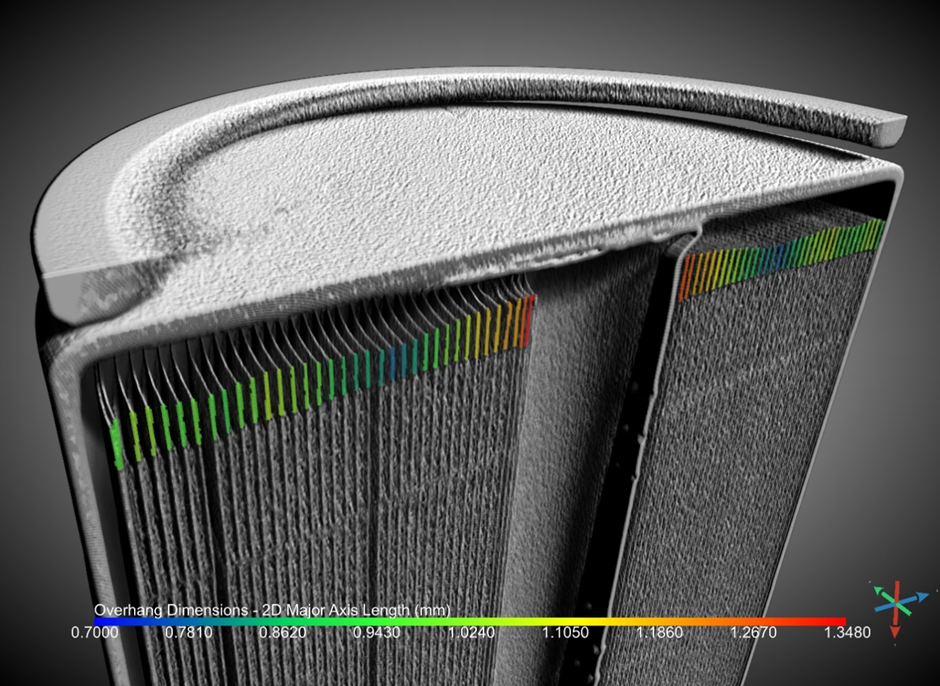

Structural Analysis of Battery Components and Materials Using XRD, XRM / Micro-CT and EBSD
Register for this Webinar
Session I *: Tuesday, November 18
- 09:00 AM Berlin
- 01:30 PM Mumbai
- 04:00 PM Beijing
Session II *: Tuesday, November 18
- 9:00 AM Chicago
- 12:00 PM São Paulo
- 04:00 PM Berlin
Secure your spot and receive access to: Online seminar and Q&A, on-demand recording, presentation slides and application notes.
* content from both sessions is identical.
Discover how advanced analytical techniques are shaping the future of battery innovation
Join us for a free, 60-minute online seminar to explore how XRD, XRM, and EBSD solutions can be combined to unlock deeper insights into materials and processes critical to the battery industry.
What to expect?
Batteries are essential for modern technology, powering devices from smartphones to electric vehicles. Ensuring the quality and safety of batteries is crucial to prevent failures and hazards. Quality control throughout the batteries’ life cycle involves examining the anode, cathode, electrolyte, and separator materials, as well as materials to be recycled.
As a manufacturer of XRF, XRD, XRM and EBSD instruments, we aim to compare how these different analytical techniques can address various analytical questions about battery components:
- XRD: Offers information about the average crystallographic structure and microstructure
- EBSD: Delivers phase and crystallographic distribution down to the nanoscale, provides quantitative grain metrics, and helps correlate the microstructure with battery performance
- 3D XRM / Micro-CT: Non-destructive 3D vizualization of internal structures
As extension from our previous webinar where we focused on the elemental characterization of battery components at different scales.
In this webinar, we will present results obtained with the different analytical techniques on battery precursor materials and various manufactured electrodes. We will explain the obtained results in terms of details resolution, sample volume/area, spatial resolution and measurement time, while also addressing general limitations that originate from the different physical principles behind the techniques. Understanding these differences helps in selecting the right method for specific analytical needs.
Speakers
Michele Gironda
Head of Global Segment Management, Bruker Nano Analytics
Hugues Guérault
Application Manager – Bruker Advanced X-Ray Solutions (Karlsruhe, Germany)
Stephan le Roux
Application Scientist XRM, Bruker Belgium, Kontich, Belgium
Dr. Laurie Palasse
Global Application Manager, Bruker Electron Microscope Analyzers